Mon - Fri: 8am - 5pm, Sat - Sun: Closed

6-36 Month Warranties
We Ship Local.
Hablamos Español.
Connect with
Remanufactured Drivetrains Make a Comeback
5 Tips on Buying Used Engines
Houston Engines
Remanufactured Drivetrains Make a Comeback
In recent years, the automotive industry has witnessed a notable shift towards sustainable and cost-effective solutions. At the forefront of this movement is the increasing popularity of remanufactured drivetrains. Often referred to as reman drivetrains, these components represent a blend of innovation and resourcefulness. They are not merely refurbished parts but are meticulously rebuilt to meet or exceed original manufacturer specifications. As environmental concerns grow and consumers seek reliable yet affordable vehicle solutions, reman drivetrains have emerged as a significant player in the automotive landscape, promising quality, performance, and sustainability.

Used Engines
Things You Must Know Before Buying a Used Engine
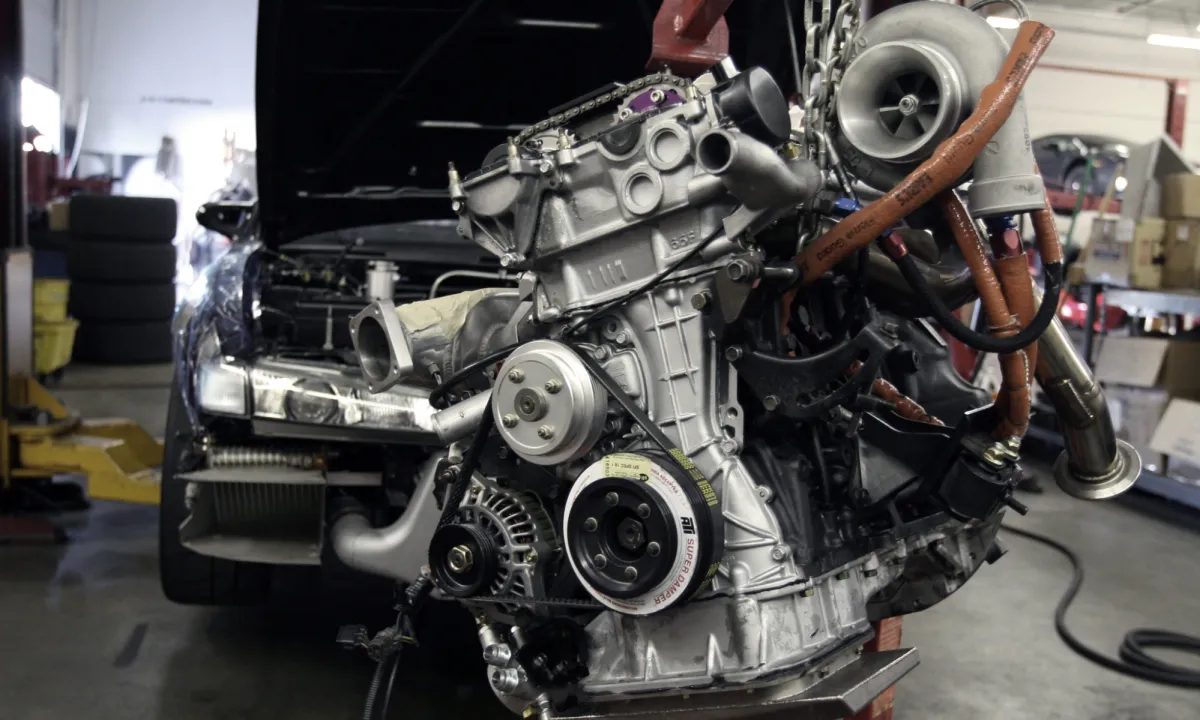
In the realm of automotive solutions, buying used engines has become an increasingly popular choice for many. Whether driven by budgetary constraints, environmental considerations, or the allure of vintage vehicles, the demand for used engines is on the rise.
However, navigating this market requires a blend of knowledge and caution. With terms like "low mileage" and "quality used engines" frequently thrown around, how does one ensure they're making the right choice? This guide aims to equip you with essential tips for buying used engines, ensuring you get the best value, performance, and longevity for your investment.
Why Reman Drivetrains Are Gaining Traction?
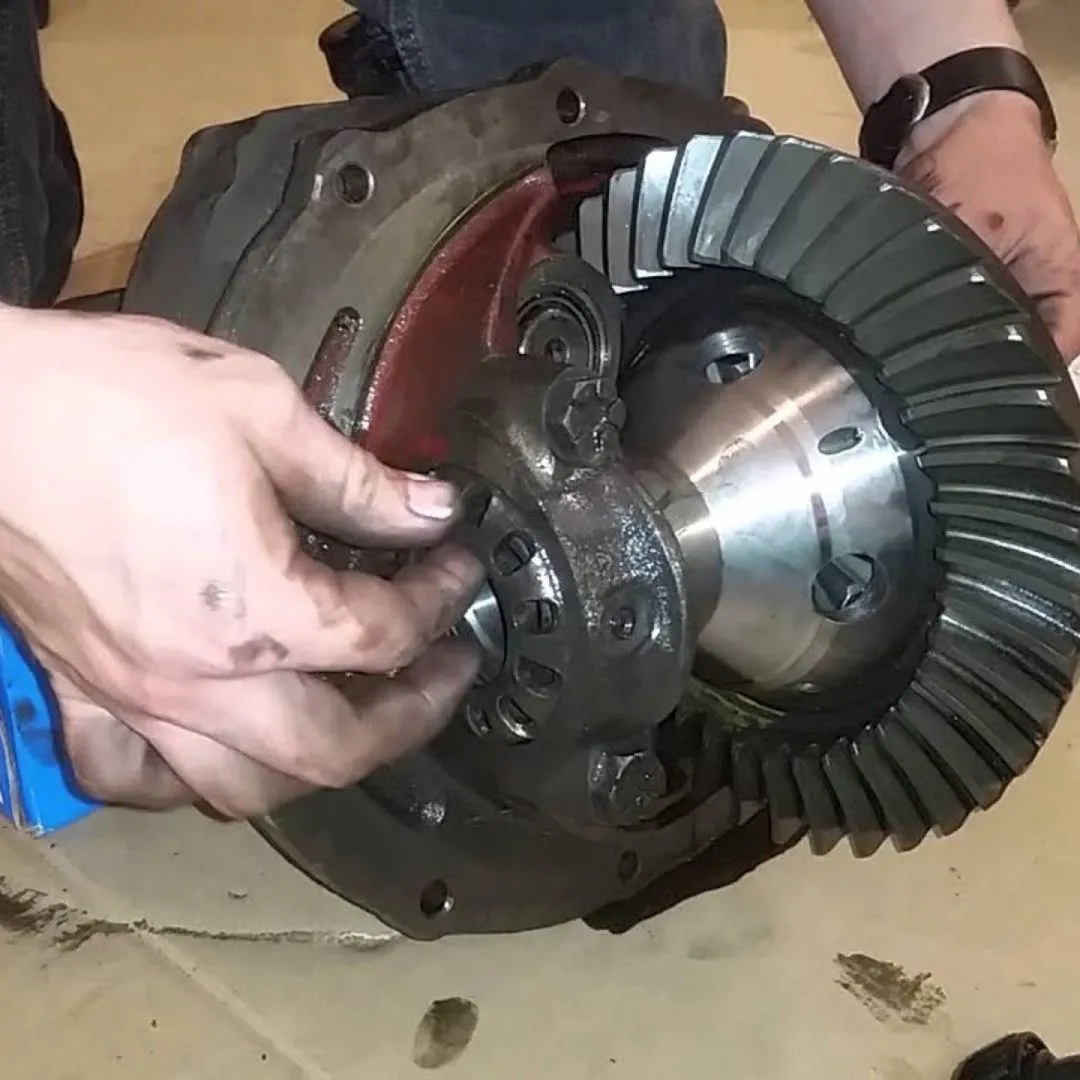
Historically, the term remanufactured was often met with skepticism in the automotive world. Many equated it with “used” or “refurbished,” assuming that remanufactured parts were inferior in quality and performance. This perception was rooted in a time when remanufacturing processes were not as advanced, and quality control standards varied widely across the industry.
However, as technology and manufacturing techniques evolved, so did the remanufacturing process. Modern remanufactured drivetrains are products of rigorous testing, precision engineering, and stringent quality checks.
They are disassembled, cleaned, inspected, and rebuilt with a combination of reused and new components, ensuring they meet the same standards as new parts.
Several factors have contributed to the comeback of remanufactured drivetrains:
Economic Viability: With rising vehicle costs, consumers are looking for ways to extend the lifespan of their vehicles without breaking the bank. Reman drivetrains offer a cost-effective alternative to new parts, providing similar performance at a fraction of the price.
Environmental Consciousness: The remanufacturing process is inherently eco-friendly. By reusing major components, it reduces waste, conserves resources, and diminishes the carbon footprint associated with producing entirely new parts.
Advancements in Technology: Modern remanufacturing facilities employ state-of-the-art technology and equipment, ensuring that reman drivetrains are as reliable, if not more so, than their brand-new counterparts.
Industry Endorsement: Many leading automotive brands now offer or endorse remanufactured parts, further solidifying their place in the market.
The convergence of these factors has reshaped perceptions and driven the remanufactured drivetrain comeback, positioning them as a go-to choice for many in today's automotive landscape.
Benefits of Opting for Reman Drivetrains
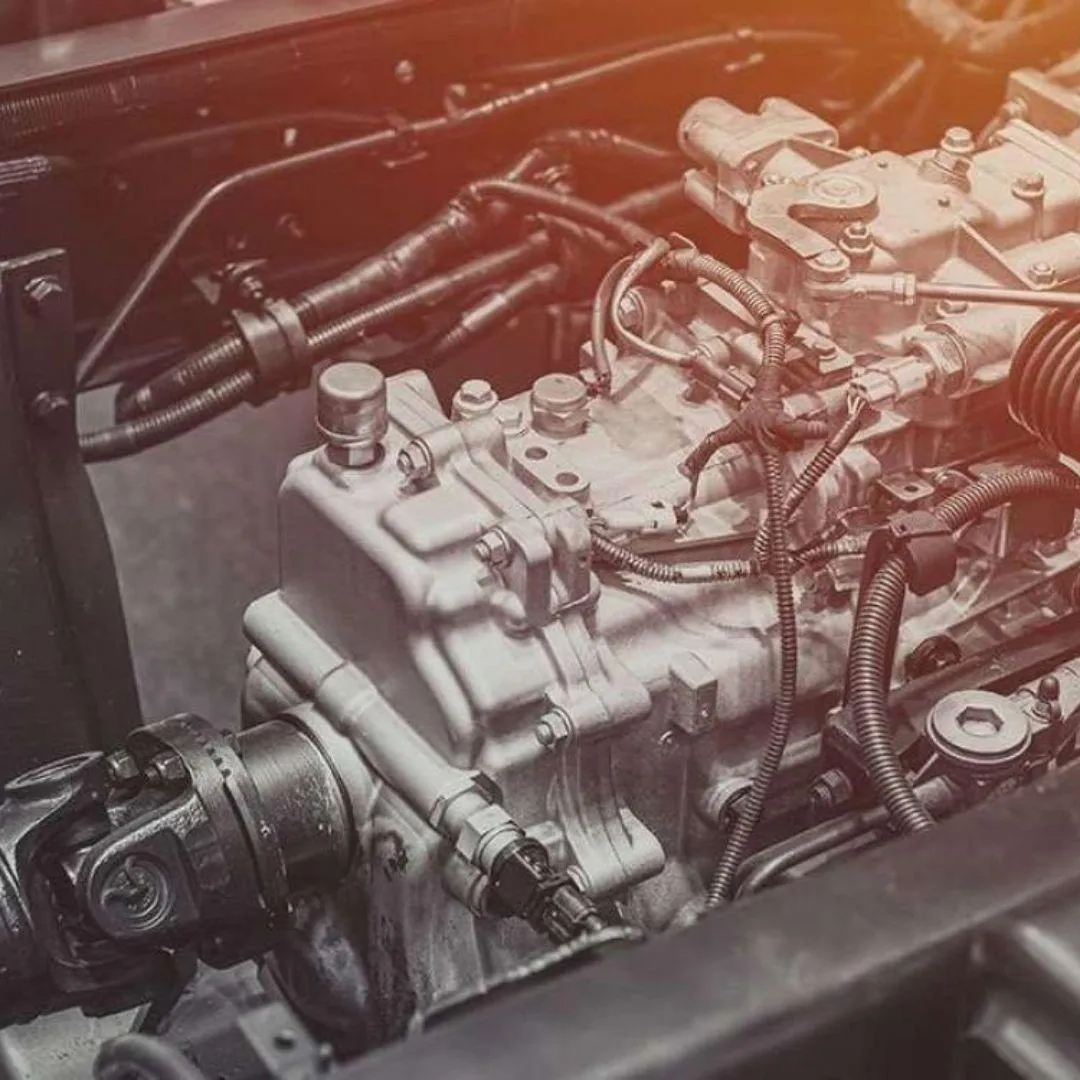
Cost-Effectiveness
Reman drivetrains provide a budget-friendly alternative to brand-new components. Given the meticulous process they undergo, they deliver exceptional value for money, allowing vehicle owners to achieve optimal performance without a hefty price tag.
Environmental Stewardship
The remanufacturing process is a testament to sustainability. By reconditioning and reusing major components, the industry significantly reduces waste and conserves valuable resources. This not only minimizes the environmental impact but also aligns with the growing global emphasis on eco-friendly practices.
Uncompromised Quality
Modern reman drivetrains are a product of advanced technology and rigorous quality checks. They are designed to meet and often exceed, the specifications of brand-new parts, ensuring drivers experience top-tier performance.
The Demand Dynamics: Understanding the Surge
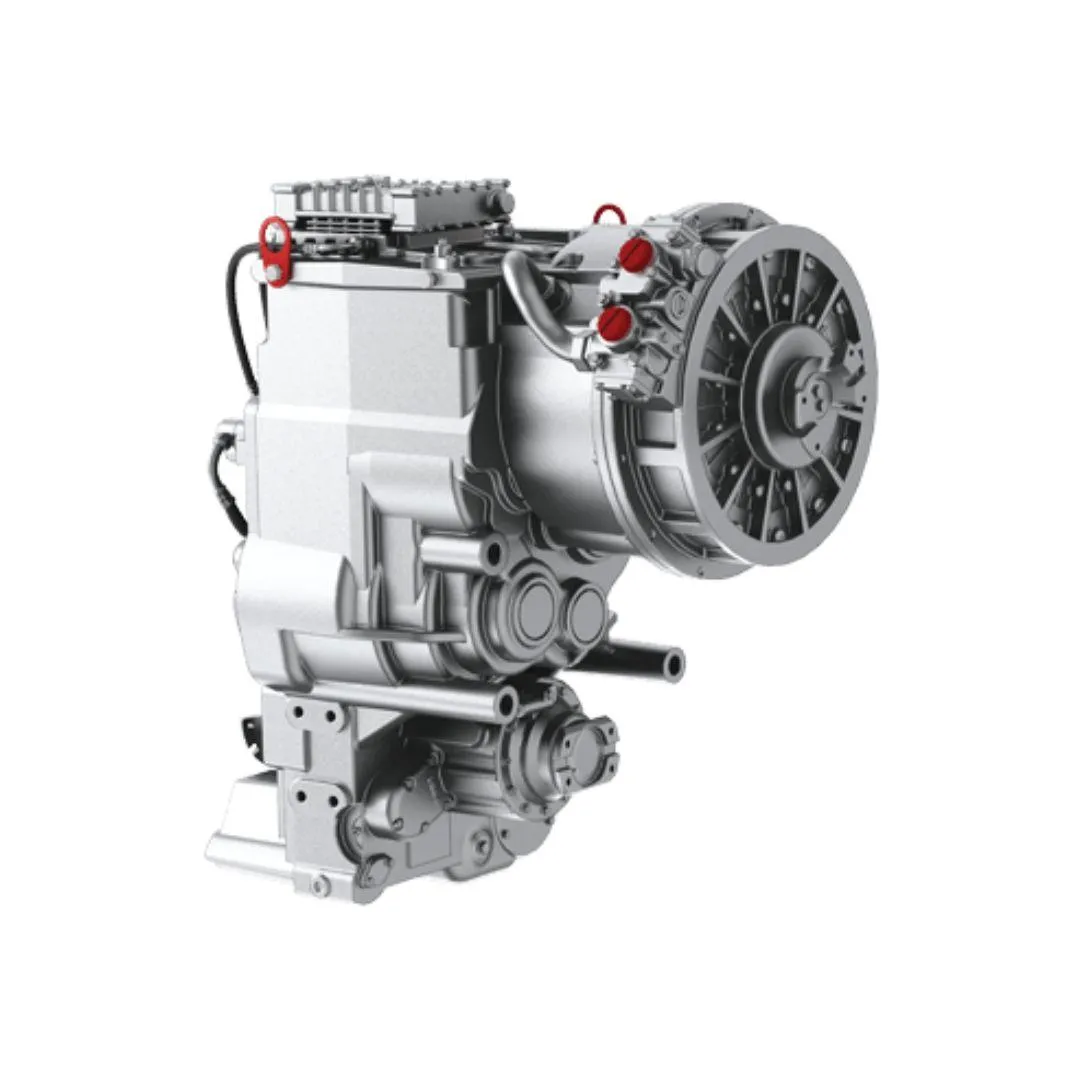
The automotive industry is experiencing a pronounced surge in the demand for reman drivetrains. But what's driving this trend?
Economic Factors: With global economic uncertainties and rising vehicle costs, consumers are increasingly seeking ways to maintain and extend the life of their vehicles. Reman drivetrains, being cost-effective, have naturally seen a spike in demand.
Eco-Conscious Movement: As environmental concerns take center stage, there's a growing preference for sustainable solutions in every industry, including automotive. Reman drivetrains, with their reduced carbon footprint, resonate with this sentiment.
Industry Support: The backing of major automotive brands and industry leaders has further bolstered the demand for reman engines and transmissions. Their endorsements and offerings in the reman space have legitimized and amplified the appeal of these components.
Consumer Awareness: With more information available, consumers are becoming aware of the benefits of remanufactured parts, leading to informed decisions and increased demand.
These factors paint a clear picture: reman drivetrains are not just a fleeting trend but a significant shift in the automotive world's landscape.
Challenges and Considerations
While the remanufacturing process boasts numerous advantages, it's not without its challenges:
Inconsistent Quality Standards
The remanufacturing industry, being vast, sometimes faces inconsistencies in quality standards. While many facilities adhere to strict protocols, others might not, leading to varied product quality.
Sourcing Original Components
Obtaining original components in good condition for remanufacturing can be challenging, especially for older or less standard vehicle models.
Consumer Misconceptions
Despite the advancements in remanufacturing, some consumers still equate remanufactured with inferior quality, which can hinder market growth.
For consumers considering reman drivetrains, it's crucial to:
Verify Certifications: Ensure the remanufacturer adheres to industry standards and holds relevant certifications.
Research Warranty Options: A solid warranty can be indicative of the quality and reliability of the remanufactured component.
What Lies Ahead for Reman Drivetrains?
The trajectory for remanufactured drivetrains appears promising. As sustainability becomes a global priority and consumers seek value-driven solutions, the demand for reman drivetrains is poised to grow.
Innovations in technology will further refine the remanufacturing process, enhancing precision and efficiency. Additionally, as more automotive brands embrace and endorse remanufacturing, its acceptance and prevalence in the market will likely soar.
The future for reman drivetrains, thus, looks bright, marked by innovation, growth, and continued relevance in the automotive landscape.
Get our latest news and promos
QUALITY ASSURED


SATISFACTION GUARANTEED

UNPARALLELED SUPPORT
Houston Engines
Proud Member

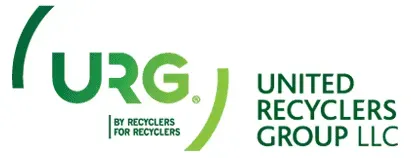

Social Media
Payments Accepted
Ship Via











